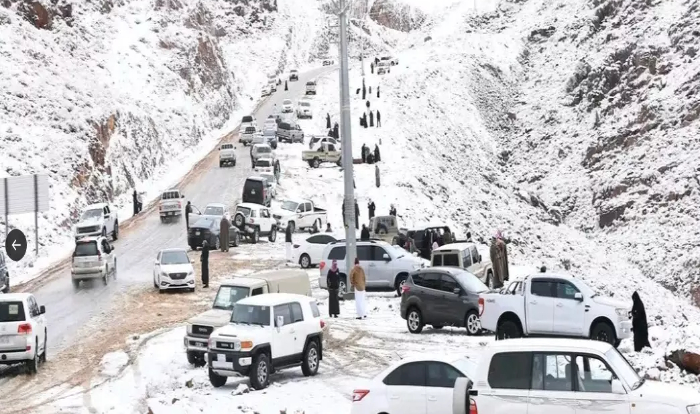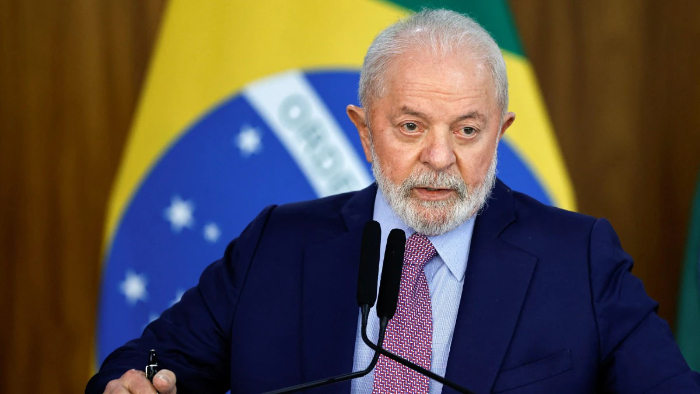
The 2024 UN Climate Change Conference, known as COP 29, is set to convene in November in Baku, Azerbaijan, bringing together leaders and environmental experts from around the world to tackle the intensifying climate crisis. Key sessions include the 29th Conference of the Parties (COP 29) to the UNFCCC, the 19th meeting for the Kyoto Protocol (CMP 19), and the sixth session for the Paris Agreement (CMA 6), focusing on a comprehensive transparency framework and a new collective financial goal to support developing countries in climate adaptation and mitigation efforts.
This year’s theme, “In Solidarity for a Green World,” reflects the Azerbaijani Presidency’s goals to deepen collaboration, enhance climate action, and encourage ambitious targets that can help meet the 1.5°C global warming threshold.
Why is this conference held every year?
The annual UN Climate Change Conference provides a crucial forum for countries to review progress, strengthen commitments, and set new, more ambitious goals for climate action. Since the first meeting in 1995, the conference has been instrumental in shaping international climate frameworks such as the Kyoto Protocol and the Paris Agreement. With climate change’s impacts growing more severe each year, these conferences facilitate a coordinated global response that adapts to new scientific findings and evolving environmental needs. The annual format enables countries to engage in continuous dialogue, refine strategies, and address challenges to keep the world on a sustainable path.
The COP Presidencies Troika—composed of the UAE (COP 28), Azerbaijan (COP 29), and Brazil (COP 30)—is leading an initiative called the “Roadmap to Mission 1.5°C.” This collaborative plan aims to boost the next round of Nationally Determined Contributions (NDCs), the national plans set by each country to reduce emissions. By enhancing international cooperation, the Troika is committed to keeping the goal of limiting global warming to 1.5°C within reach.
Key focus areas for COP 29
The 2024 COP 29 agenda centers on overcoming barriers to climate ambition and implementation, especially as countries prepare their next NDCs for submission in 2025. Azerbaijan’s Minister of Ecology and Natural Resources, Mukhtar Babayev, who is presiding over the conference, has outlined a strategic approach focused on two pillars: enhancing ambition and enabling action.
- Enhanced Transparency Framework: COP 29 will finalize and implement a transparency framework to ensure countries can accurately report emissions, adaptation measures, and climate finance contributions. This framework aims to hold countries accountable and enable data-driven decisions.
- New Climate Finance Goals: One of the conference’s significant outcomes will be setting a quantified financial target to support developing nations as they transition to low-carbon economies. Finance remains a critical area, as climate-vulnerable countries require resources to adapt to climate impacts while reducing their greenhouse gas emissions.
- High-Level Dialogues and Global Cooperation: COP 29 will be a space for high-level dialogues on international climate finance, carbon markets, and adaptation. The conference will collaborate with influential platforms like the G20 to channel resources toward ambitious climate targets. The Troika has outlined additional forums leading up to COP 29, including the Petersberg Climate Dialogue and sessions at the UN General Assembly, to align international efforts on climate action.
How COP has helped the environment over the years?
Over nearly three decades, COP has significantly advanced global climate policy and action. Notably, COP 21 in Paris led to the historic Paris Agreement in 2015, where nearly every nation committed to limiting global warming to below 2°C, ideally 1.5°C. Since then, COP has provided a critical platform for nations to strengthen their commitments, introduce national climate plans, and scale up climate finance initiatives to assist developing countries.
In recent years, COP meetings have prioritized carbon markets (COP 26), a global stocktake of emissions (COP 27), and the first-ever climate loss and damage fund (COP 28). These frameworks have helped countries mitigate emissions, adapt to changing climates, and build resilience against climate impacts. The transparency framework set to be completed at COP 29 is expected to enhance accountability and streamline climate action on a global scale.
Azerbaijan’s Vision for COP 29
In his roadmap to COP 29, Azerbaijan’s President-Designate Mukhtar Babayev emphasized the importance of solidarity and practical action to meet climate goals. His vision highlights Azerbaijan’s commitment to sustainability and international cooperation. The conference in Baku will include thematic days and key events to address pressing issues like renewable energy, sustainable finance, and ecosystem restoration. Babayev’s approach aims to balance ambition with practical support, creating a pathway that enables both high-income and low-income countries to move forward in unison.
The Roadmap to Mission 1.5°C, an ambitious plan proposed by the COP Presidencies Troika, will also be discussed in depth. This roadmap intends to identify barriers to NDC development and ensure countries receive the quality and quantity of support they need for effective implementation. Dialogues will cover themes such as equity in climate transitions, with a particular focus on providing support to those most impacted by climate change.
With climate-related challenges becoming increasingly urgent, COP 29 aims to catalyze meaningful action that aligns with scientific imperatives and social needs. As the world gathers in Azerbaijan, COP 29 represents not only an opportunity to forge new commitments but also a reminder of the collective responsibility to protect the planet. The outcomes of COP 29 will play a crucial role in shaping the future of climate action as the world strives to limit global warming and build a sustainable, resilient future for all.



